Differentiating Pine Needles from Spruce Leaves
Pine Needles Vs Spruce Needles: Which Tea Is Better For You?
Pine Needles
Pine and spruce leaves can look similar, but there are a few differences to look for to tell them apart. Just compare pine needles vs. spruce needles by appearances, living conditions, benefits, and uses here. The result can be a reference for gardeners to select the better one to grow.
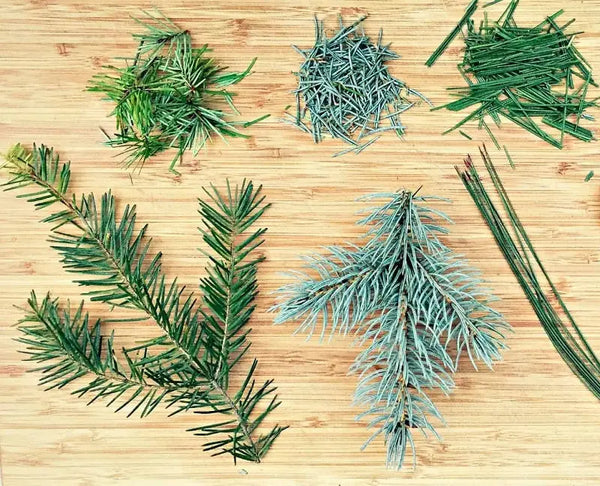
Pine Needles Vs. Spruce Needles: Which Tea Is Better For You
1.2. Spruce Needles Features
2.2. Spruce Living Condition
3.2. Health Rewards From Spruce Needles
3.3. Precautions
4.2. Uses Of Spruce Needles
I. Pine Needles Vs. Spruce Needles: Features
Pine and spruce are both types of coniferous evergreen trees. They have many similar features but also some differences. Here are the main features of each to tell them apart.
1.1. Pine Needle Appearance & Characteristics
Pine trees are evergreen coniferous plants. They are pretty popular in the southwest area of the United States. Check out its appearance and characteristics below to differentiate it from the spruce leaves.
- Pine leaves typically grow in bundles, with 2 to 5 needles per bundle.
- They have a slightly softer texture and are more flexible than spruce leaves.
- These needle leaves are often longer than spruce leaves, ranging from 1-6 inches long.
- They can come in different colors of green, yellow, and even blue-green.
- Dried pine needle tea has a distinct aroma and can be used for culinary purposes, such as flavoring vinegar or drink.
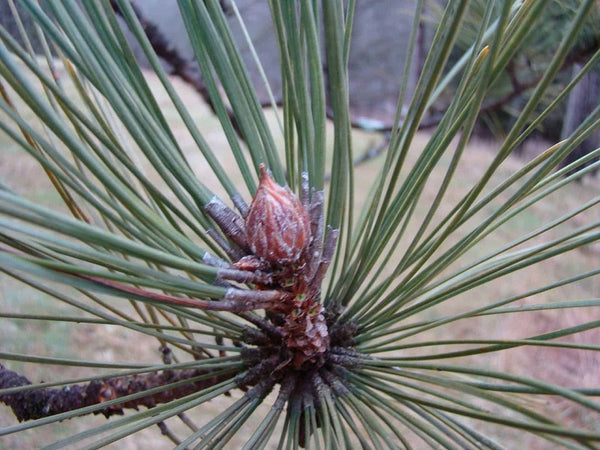
The color and length of pine leaves can vary based on their species. Some species have lighter colors, while others may be darker.
1.2. Spruce Needles Features
Spruce is also an evergreen plant in the conifer family. But it’s easy to distinguish it from pine leaves by its appearance, texture, and aroma.
- These needles typically grow singly rather than in bundles.
- They have a more rigid texture and are less flexible than pine leaves.
- They are usually shorter than pine leaves, ranging from 1/2 to 1 inch in length.
- Spruce leaves tend to be a darker shade of green than pine leaves.
- They lack a distinct aroma. You can brew it into a tea for medicinal and health improvement purposes.
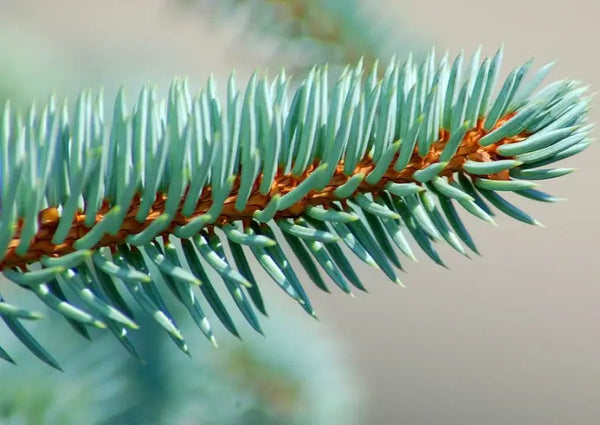
You can differentiate them by appearance to pick or buy suitable leaves for use. It’s also a conclusive factor for gardeners to select the better tree to grow. In addition, consider the living conditions of these plants before making the selection.
II. Pine Needles Vs. Spruce Needles: Living Conditions
These two plants also grow and develop in different conditions, such as soil, sunlight, climate, and watering frequency.
2.1. Pine Living Condition
Pine trees prefer full or partial sun exposure, well-drained soils, and a somewhat acidic environment. They may survive in various soil types, including loamy, sandy, and gravel. This type of plant frequently flourishes in drier, warmer climates. It changes according to the different varieties of pine, such as red and white pines.
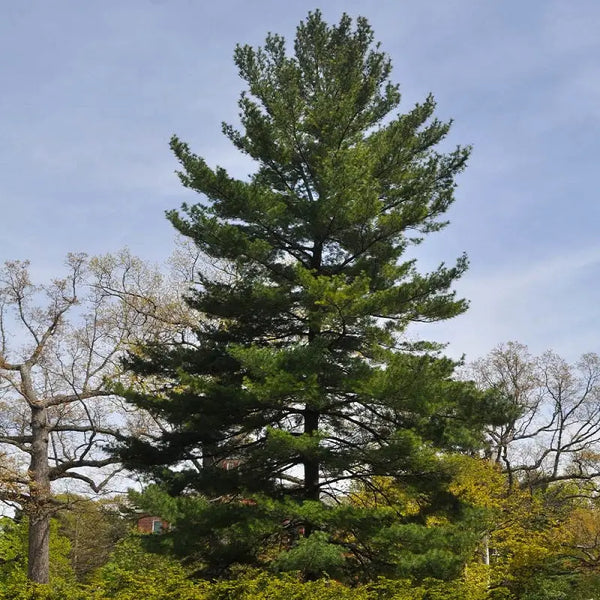
2.2. Spruce Living Condition
On the other hand, spruce trees favor cooler, more humid regions. It thrives on soils with good drainage and moisture. They can flourish in a variety of soil types, including alkaline soils. They can tolerate some shade but prefer sites in direct sunlight. However, it can survive in locations with less light than pine trees.
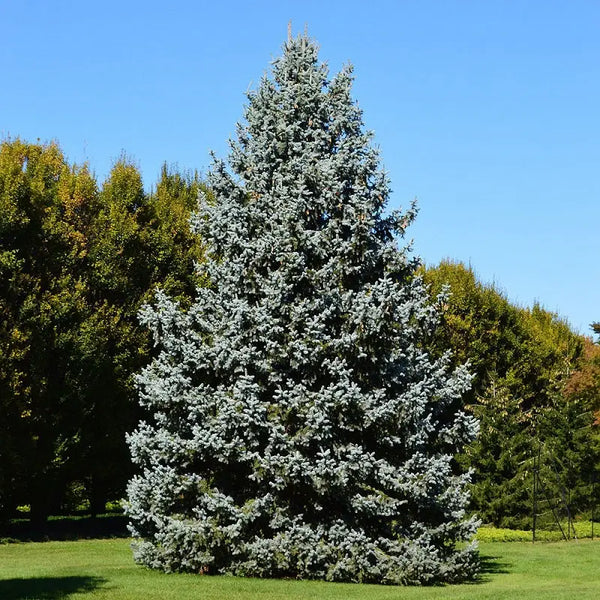
Provide these plants with good soil preparation, consistent watering, and fertilizing. Then, prune the tree to keep it in the proper shape and size.
III. Pine Needles Vs. Spruce Needles: Benefits
These two plant varieties have various nutrients and health benefits. They share some common advantages but still have exclusive health rewards for users.
3.1. Health Benefits Of Pine Needles
Pine needles have many advantages for the immune system thanks to their antimicrobial properties and antioxidants. Drinking Eastern White pine needle tea is a safe and natural remedy for relieving pain. Vitamin A in this plant also helps improve our vision. It also balances the hormones for both men and women to improve and maintain healthy hair, shape, and sexual desire.
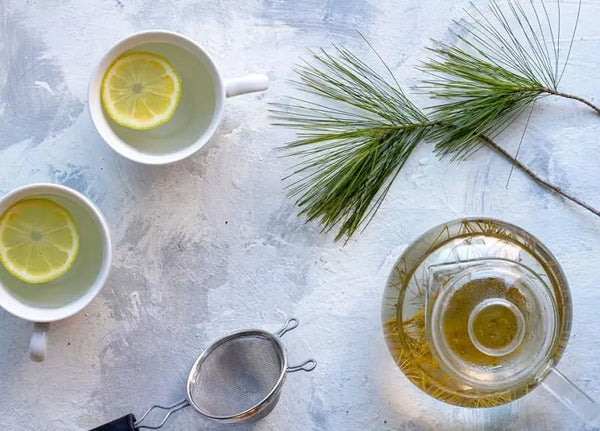
3.2. Health Rewards From Spruce Needles
Spruce needles are also rich in antiseptic, antioxidants, and anti-inflammatory compounds. You can use it as a natural diuretic to treat fluid retention problems in many people.
With a high vitamin C content, they are good remedies for respiratory health problems such as flu, cough, and cold and rich in beta-carotene, antioxidants, and anti-inflammatory compounds.
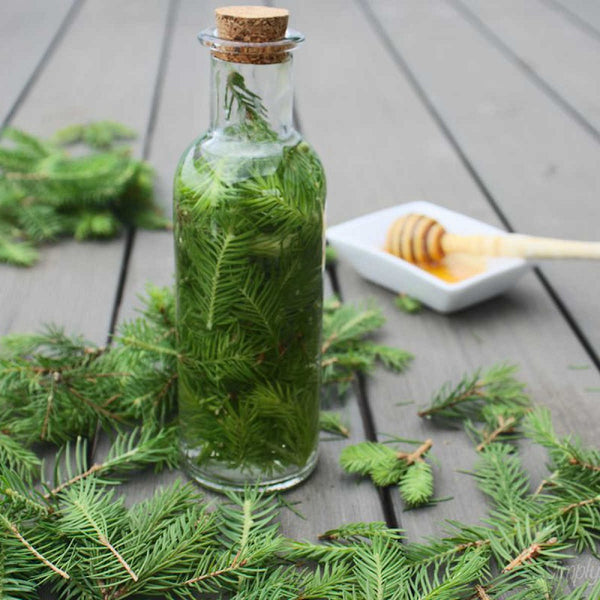
3.3. Precautions
You had better consult a healthcare professional before taking pine and spruce needle products. In addition, avoid overconsumption to stay away from unexpected results. Start with a small dose of these herbal tea to test allergic reactions and abnormal symptoms, if any.
IV. Pine Needles Vs. Spruce Needles: Uses
You can use pine and spruce leaves for different purposes, such as ingestion, soil mulch, and air fresher. They have a pleasant aroma and a high concentration of nutrients. Here are the most significant ways to use these needle leaves daily.
4.1. Uses Of Pine Needles
Pine needle leaves are excellent ingredients for cooking, gardening, and crafting. Here are the best uses of these leaves at home.
- Use them as a natural mulch for garden plants to help retain moisture in the soil and prevent weed growth.
- Add these leaves to some cuisines, such as Mediterranean and Middle Eastern dishes.
- Brew them into tea to enjoy several health benefits, such as relieving congestion and providing antioxidants.
- Use pine leaves and bark to create decorative crafts like wreaths and baskets.
- Make the oil to use as a traditional remedy for various ailments.
- Use dried pine needle tea leaves as kindling for starting fires.
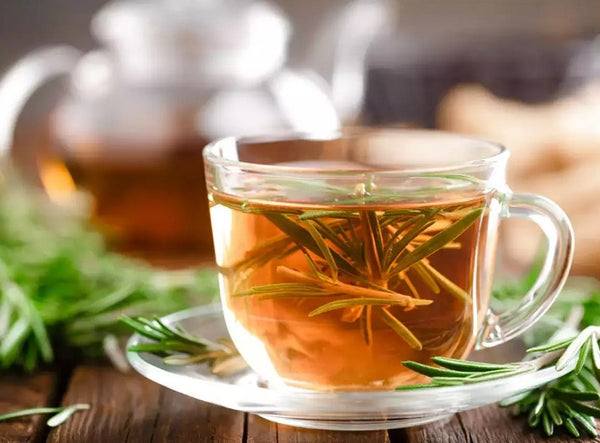
Grow some white pine trees in your garden or behind your houses if possible. This plant can grow from pine tree seeds.
4.2. Uses Of Spruce Needles
Spruce needle leaves are also popular components for many healthcare remedies, culinary recipes, and household decorations. Check the best uses of this kind of leaf here.
- Make spruce tip syrup to add citrus-like scents to cocktails, pancakes, ice cream toppings, and baked goods.
- Brew spruce needle tea to obtain high levels of vitamin C and anti-inflammatory, antiseptic, and expectorant properties.
- Make pickles or salad dressing with the ground spruce needle as a seasoning.
- Craft holiday wreaths and other decorative items for your house.
- Extract its oil to use as aromatherapy and to make natural soaps and candles.
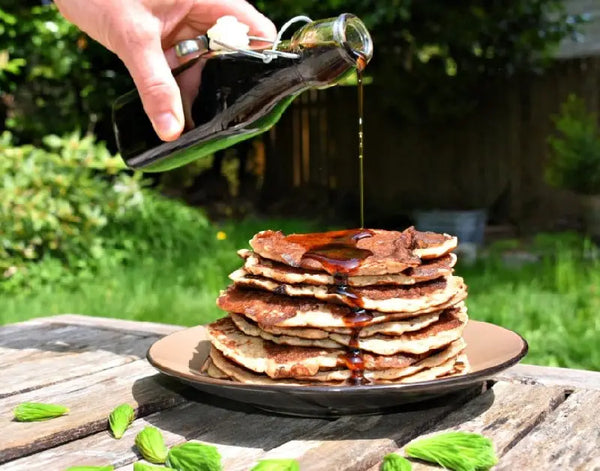
They have many similar uses in cooking. But spruce leaves have a milder flavor. Therefore, you can select a more suitable one based on your appetite.
V. Conclusion
We have compared pine needles vs spruce needles. Choose the better one to grow or use based on your purpose and favorite flavor. You can buy pine seeds and spruce seeds from The Rike for cultivation. This organic product supplier also provides customers with other herbs and seasonal seeds.





Leave a comment